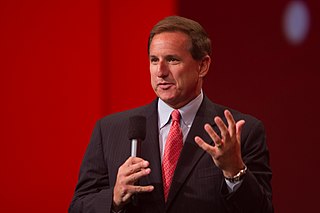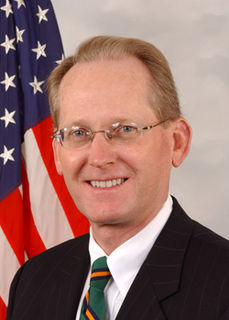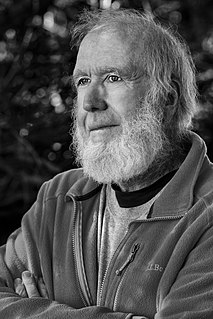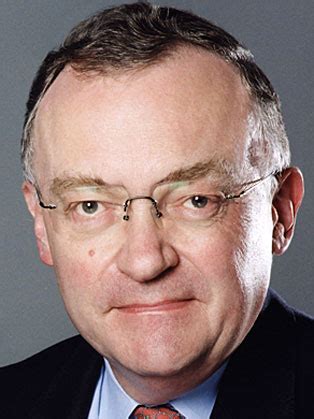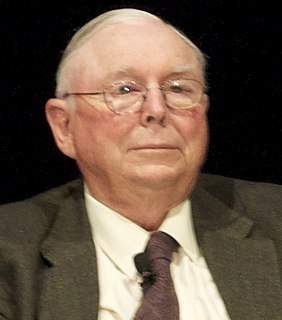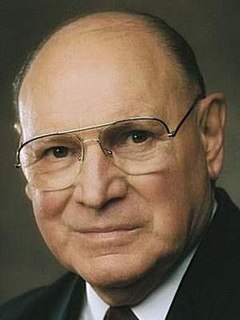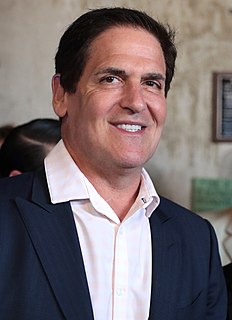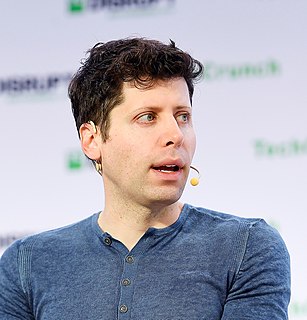A Quote by Mark V. Hurd
Executives need ample flexibility to respond to the market. That means both reducing costs and increasing innovation.
Quote Topics
Related Quotes
Students need to learn how to unlearn those elements of a market driven society that deform their sense of agency, reducing them to simply consumers or even worse to elements of a disposable population. So we need to understand who controls the means of public education and the larger forms of what Raymond Williams called the cultural apparatuses of permanent education both in terms of the dangers they pose and the possibilities they harbor.
The current market cost for a space flight, about a week in space and about six people have gone with the Russians so far to the International Space Station; it costs about $30 to $35 million. So, it's not for the faint of heart. But our own market studies that we've commissioned as well as some public market studies all indicate that there are somewhere around 20 or so individuals every year who have both the means and the interest to do this. So, the market is definitely out there.
Extrapolated, technology wants what life wants:
Increasing efficiency
Increasing opportunity
Increasing emergence
Increasing complexity
Increasing diversity
Increasing specialization
Increasing ubiquity
Increasing freedom
Increasing mutualism
Increasing beauty
Increasing sentience
Increasing structure
Increasing evolvability
The experience curve says that your costs should probably decline by 15% or 20% with every doubling in your experience making a product, approximately how many of them you turn out. It also says that if you have the biggest market share, meaning the most experience of anybody in your competitive set, you should have the lowest costs, and the resultant capability to underprice your competitors, maybe forever. The abiding lesson of the experience curve is that companies need to discipline themselves to keep reducing their costs, year in, year out, if they are to remain competitive.
The starting point is to create a qualitative understanding of market drivers. You need to get into the head of the consumer and be able to tell her story. It is both art and science. The purpose of the market map is to define dissatisfactions, hopes, dreams and fears. Winning solutions respond to the distinct and specific needs of a group of consumers.
I believe I have demonstrated that the voters are characteristically ill-informed when voting on reducing social costs. Furthermore, their primary concern is with wealth transferred to themselves, rather than with social cost efficiency. Logically, this would mean that democratic government would be inefficient in reducing social costs.
If we somehow put a value on species extinction and factor that into our costs that bottom line would look very different. IF we put any resource depletion into costs our bottom line would change. So what we have is a dishonest market that does not take into account all the costs when it establishes its prices. We need an honest marketplace before we can let the market work for sustainability rather than against it as it works today.
Getting global innovation projects right is really important as they create competitive advantage two ways. When the knowledge for an innovation is from different sites around the world, it's very much more difficult for competitors to copy these innovation - they'd have to access the same knowledge from the same places. Secondly, costs and time to market can be significantly reduced leading to first mover advantage through parallel development in global projects.
Implementing any major changes to the way companies operate requires time and determination and the shift to globally integrated innovation is no exception - it calls for new capabilities to be built, changes in the structure of the innovation organization, new systems, processes and mindsets. The scope and scale of this task shouldn't prevent executives from starting down the path of change as the systemic nature of innovation activities means that every single element of change that's brought about will make a difference.
Innovation is the specific tool of entrepreneurs, the means by which they exploit change as an opportunity for a different business or a different service. It is capable of being presented as a discipline, capable of being learned, capable of being practiced. Entrepreneurs need to search purposefully for the sources of innovation, the changes and their symptoms that indicate opportunities for successful innovation. And they need to know and to apply the principles of successful innovation.
